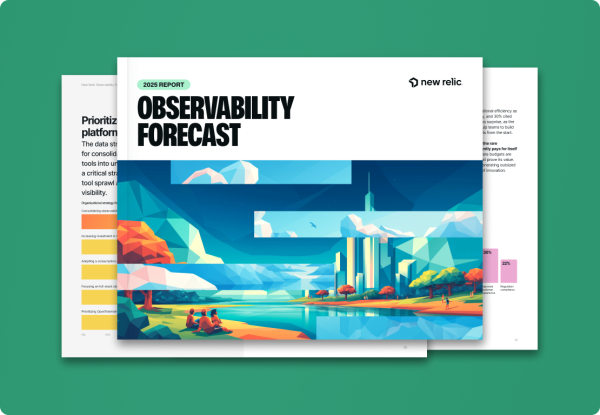Observability Forecast 2025
Turn industry trends into results

Key Findings
Get data-backed insights from 1,700+ tech leaders to boost resilience and innovation.
The $2M/hour price of an outage
Many high-impact outages now cost $2 million per hour. Full-stack observability cuts that financial hit in half.
Observability delivers strong ROI
20% of businesses report 3-10X return on observability investments, while 75% note positive ROI.
AI monitoring becomes standard practice
AI monitoring adoption jumps to 54% in 2025 as companies move from experiment to full production.
Tool consolidation is accelerating
52% are actively consolidating tools, swapping complexity for faster resolution and lower costs.